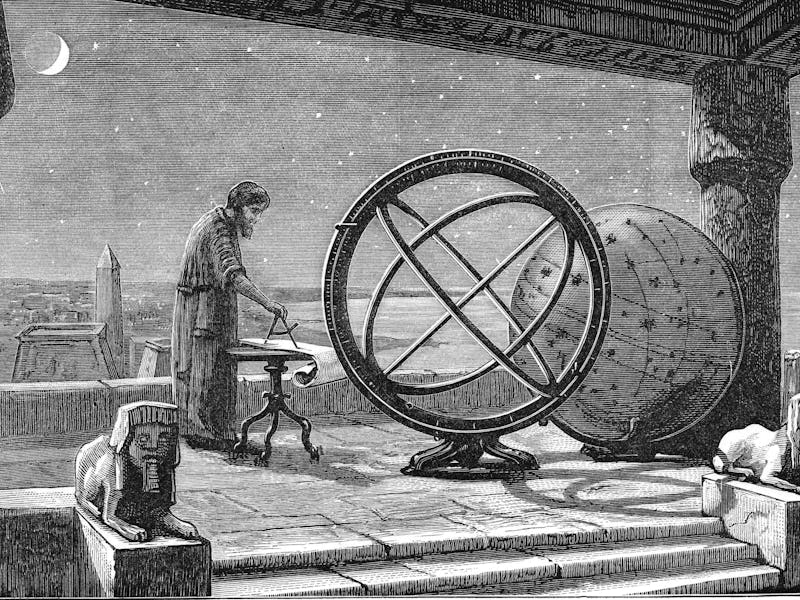Researchers find a hidden fragment of a lost Ancient Greek star catalog
The pages of the Codex Climaci Rescriptus hid fragments of the Hipparchus star catalog, long thought lost.

If you think writing paper is expensive these days, be glad you didn’t live in the Middle Ages. Back then, paper was as rare as hen’s teeth, so good luck finding some to write on. But if you happened to be a monk, chances are there were plenty of old books made of parchment. Many of them have useless stuff like old star catalogs, so why not just recycle the parchment for your new copy of religious literature?
This is basically how the Codex Climaci Rescriptus came about. Parchment is made from animal skin and processed into a thin, paper-like material. It’s laborious to make, but it can last for millennia under the right conditions. It can also be easily erased. Just scrape the old ink off with a sharp knife, and you are good to go.
This kind of recycling was occasionally used throughout the early Middle Ages until paper production became common in the 1500s. As a result, we have a few books like the Codex Climaci Rescriptus with medieval texts overwritten on much older works. We have known about this kind of thing for more than a century. In many cases, you can even see hints of the older underlying text, but good luck reading it. That has changed thanks to multispectral imaging.
With multispectral imaging, you illuminate the text with different colors of light and make high-resolution images of the parchment. Different inks and even the same inks of different ages reflect light in different ways. By combining images at different wavelengths, you can tease out the background text while minimizing the foreground text, thus making the old text readable. In a recent study, a team did this with the Codex Climaci Rescriptus and found the original writing contained fragments of the Hipparchus star catalog, which is thought to be the earliest detailed map of the northern night sky.
Hipparchus was a Greek astronomer who compiled his catalog around 135 BCE. Unfortunately, his catalog was lost to the ages. We know of it because four centuries later, Ptolemy mentions it in the text of his own star catalog, Almagest, which we do have copies of. The Codex Climaci Rescriptus contains the only direct fragments of the Hipparchus catalog we have. The team first found the fragments in 2017, but this new study has revealed some interesting details, particularly regarding the connection between the Hipparchus and Ptolemy catalogs.
One of the long-standing mysteries was whether Ptolemy copied the Hipparchus catalog wholesale and expanded it or whether Ptolemy simply referenced Hipparchus while making his own measurements. The team was able to find four constellations within the Hipparchus fragments and discovered their star locations are slightly different from those in the Ptolemy catalog. Surprisingly, they also found that the Hipparchus constellations were more precise, with positions measured to the nearest degree. The accuracy of Hipparchus wasn’t equaled until the Persian astronomer Ulugh Beg compiled his Zij-i Sultani star catalog in the 1400s.
This article was originally published on Universe Today by Brian Koberlein. Read the original article here.
This article was originally published on